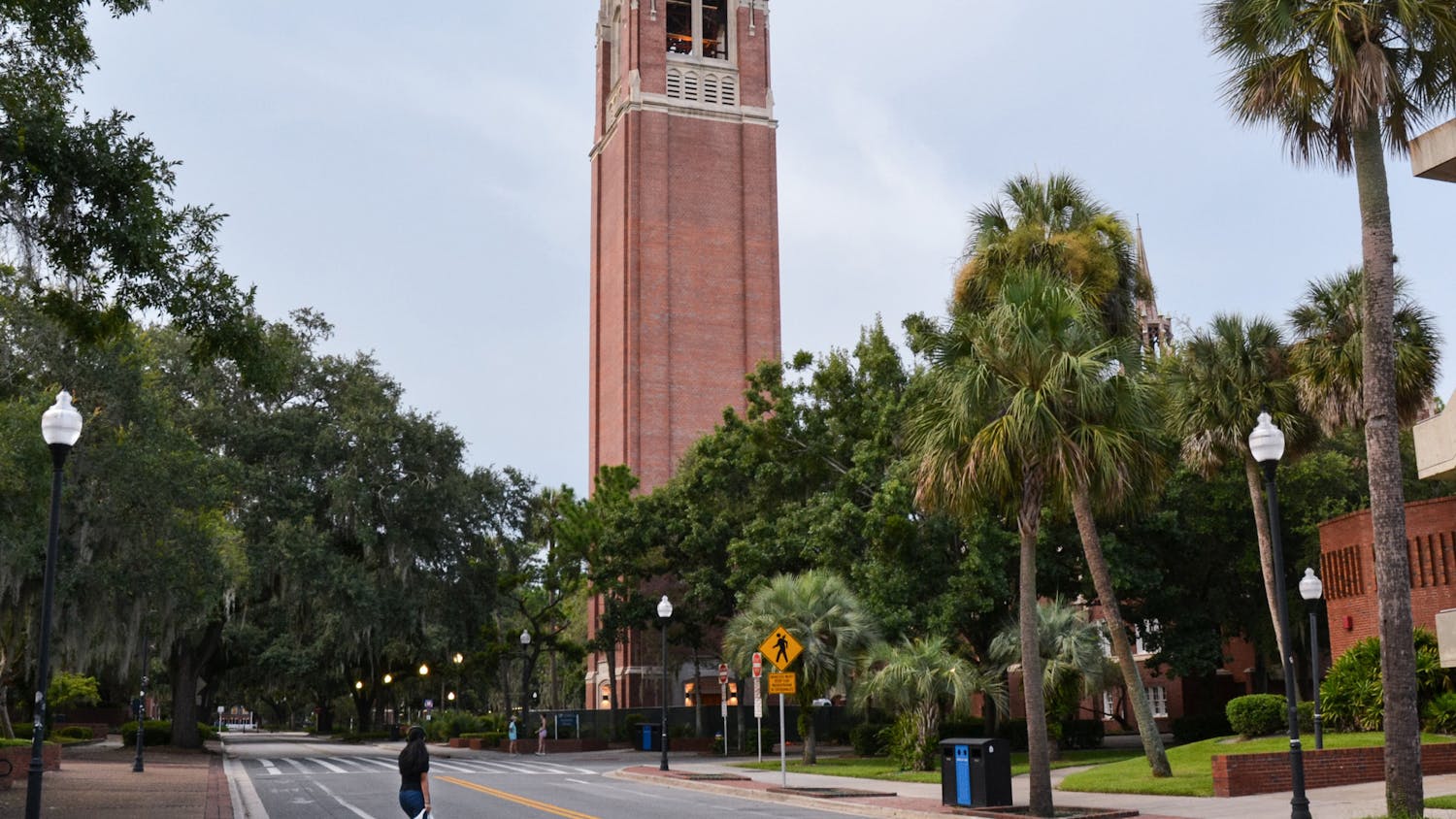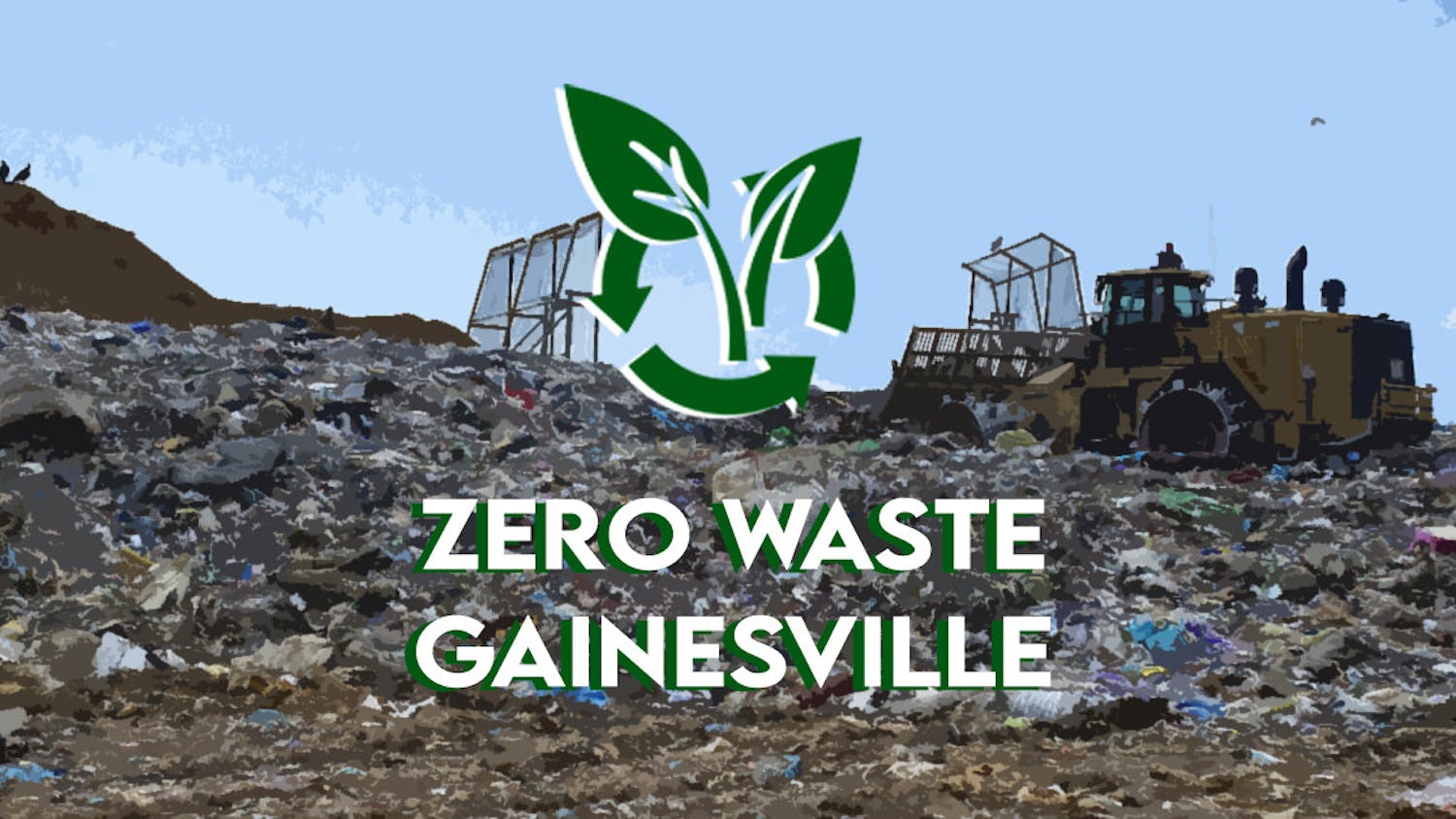After about 30 years of city resident health concerns, the U.S. Environmental Protection Agency has approved a plan to test dust contamination levels in houses near the Cabot-Koppers Superfund site.
In April 2010, seven Gainesville residents who lived near the plant filed a federal class-action suit against the companies that once operated on the site.
Cabot Inc. and Koppers Inc. once operated the plant. Koppers Inc. sold its facility to Beazer East Inc. in 2009.
The neighbors' lawyers had the homes tested for dioxin, a toxic chemical and carcinogen commonly released during wood-treatment processes like those performed at the Koppers plant.
Test results showed the chemical was present in high levels inside homes around the site. The suit was dismissed in January 2011 at the request of the seven residents.
A work group headed by the Florida Department of Health, which included local, state and federal environmental and health experts, began developing the plan in fall 2010 after the test results surfaced, said Chris Bird, director of the Alachua County Environmental Protection Department who helped formulate the plan.
He said the tests will cost the EPA at least $100,000.
Bird said the test results from the suit could be faulty because they were not confirmed by a government agency.
The final indoor dust dioxin test plan was submitted to the EPA in late July. In October, the Alachua County Commission wrote two letters to President Barack Obama and one to the EPA, urging it to approve and begin the testing.
"From the human plight of those living near the site, this is a very important step," said Paula DeLaney, Alachua County commissioner. "But part of our responsibility is to keep pushing and keep pressing these issues."
The EPA sent out approximately 400 letters this week to tenants around the site, located off Northwest 23rd Avenue, asking permission to collect dust samples from their homes, according to a press release.
Thirty homes will be chosen, 15 of which will be close to the plant. The other 15 will be about two miles away.
Dust will be collected from each home starting in March. Dioxin levels will then be compared between the closer houses and the houses that are farther away.
Unlike with soil and water, there is no state or federal acceptable standard of dioxin in dust, said Stephen Roberts, director of the UF Center for Environmental and Human Toxicology, who also worked on the plan.
"There is no clarity as to how high dioxin levels must go to predictably produce health effects," Roberts said. "It is a controversial issue in science."
Scientists, researchers and officials are depending on a significant difference in dioxin levels between homes neighboring the plant and those farther away to show the impact of the site's contaminants.
Some residents near the Superfund site are happy the EPA decided to conduct the tests. However, because of false information given to them in the past by government agencies, some are still skeptical.
"I applaud them for doing something, but this is a very small step," said Maria Parsons, a resident who lives three blocks from the site. "I will be watching and analyzing what they're doing every step of the way."





